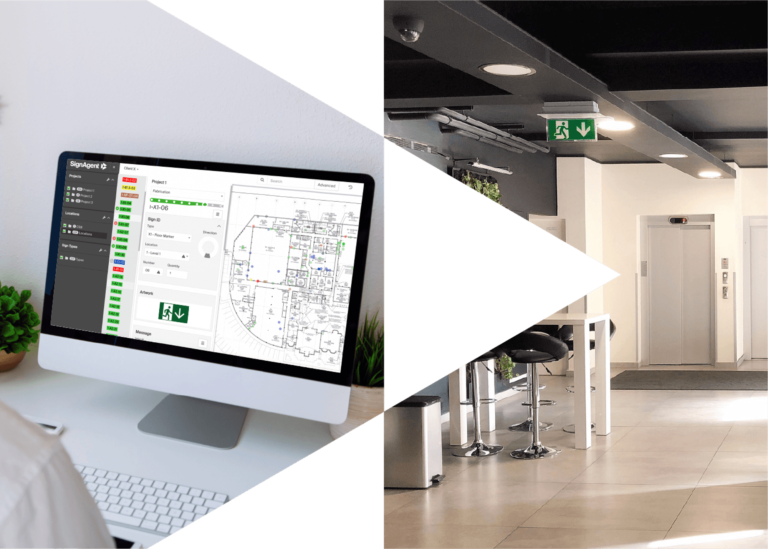James Bosma, vice president of marketing at SignAgent, explains how and why airport operators should digitally transform the management of their physical wayfinding assets.
Why is wayfinding important for airports?
Airports are complex, stressful places where large numbers of people must move quickly and efficiently from one place to another. Functional, effective wayfinding helps to create a positive passenger experience and that has significant benefits for airports and for their retail partners.
What are the key challenges?
Airports have thousands of physical signs. Those signs need to be managed and maintained over time. That’s a challenge because airports are in a constant state of evolution. Old terminals get renovated and sections get repurposed. New terminals are built and connected to existing terminals and transit hubs. New processes and services are introduced. As all those changes take place, the physical signage needs to follow suit.
 And for any new airport terminal project, thousands of signs must be planned in a way that maximizes passenger flow. Those signs must be designed, fabricated and installed. Ultimately those signs also need to be managed and maintained over time according to strict standards and specifications. All of this can be complicated and costly to manage, with lots of different stakeholders involved. And the stakes are high.
And for any new airport terminal project, thousands of signs must be planned in a way that maximizes passenger flow. Those signs must be designed, fabricated and installed. Ultimately those signs also need to be managed and maintained over time according to strict standards and specifications. All of this can be complicated and costly to manage, with lots of different stakeholders involved. And the stakes are high.
Why was the SignAgent platform created?
Managing physical sign assets for sign-intense facilities like airports is overwhelming. At any given time, it’s difficult to determine what signs exist, where they are located, what they say and what condition they are in. Spreadsheets and databases cross-referenced with printed location plans aren’t cutting it anymore.
Data aside, there are also many different specialists involved in a wayfinding project: architects and graphic designers, sign fabricators and airport operators. Those people need to be able to communicate with each other effectively.
With SignAgent, we’ve created a collaborative cloud-based platform that streamlines workflows over the entire lifecycle of those programs for everyone who plays a part. In short, the SignAgent platform acts as a single source of truth for all signage information. Every sign. Everywhere. All at once.

So, how does it work?
SignAgent users are able to capture and organize all their data within one unified system. Each individual sign gets mapped to its exact location on a PDF location plan or map. Sign orientation, photos, messaging (with automatically generated braille) and camera-ready art are also compiled.
Once the information is collected (using our on-location mobile app) and programmed, airport operators can create message schedules, easily generate work orders, and create reports and budgets whenever they need them. They can also collaborate seamlessly with their partners and vendors.

SignAgent is not digital signage software and it’s not a mobile wayfinding app. So, does it help airports achieve digital transformation?
In short, the cloud-based digital platform we’ve created introduces digital transformation to the management of physical signs. When we tell people our company creates wayfinding software, they assume it’s for digital signage. There’s also constant buzz around smartphone apps that assist travelers with wayfinding. Those technologies have their place, but they are also prone to rapid change and easily get replaced with the latest technologies.
Physical signage may not be as exciting as higher-tech solutions, but it will continue to play a prominent role in airport wayfinding. What our clients do get excited about is improved operational efficiencies, accurate budgeting for major capital projects and forecasting of maintenance costs. And in the end, it’s the traveler that benefits from a better airport experience. Well-managed and maintained signs make a difference.


